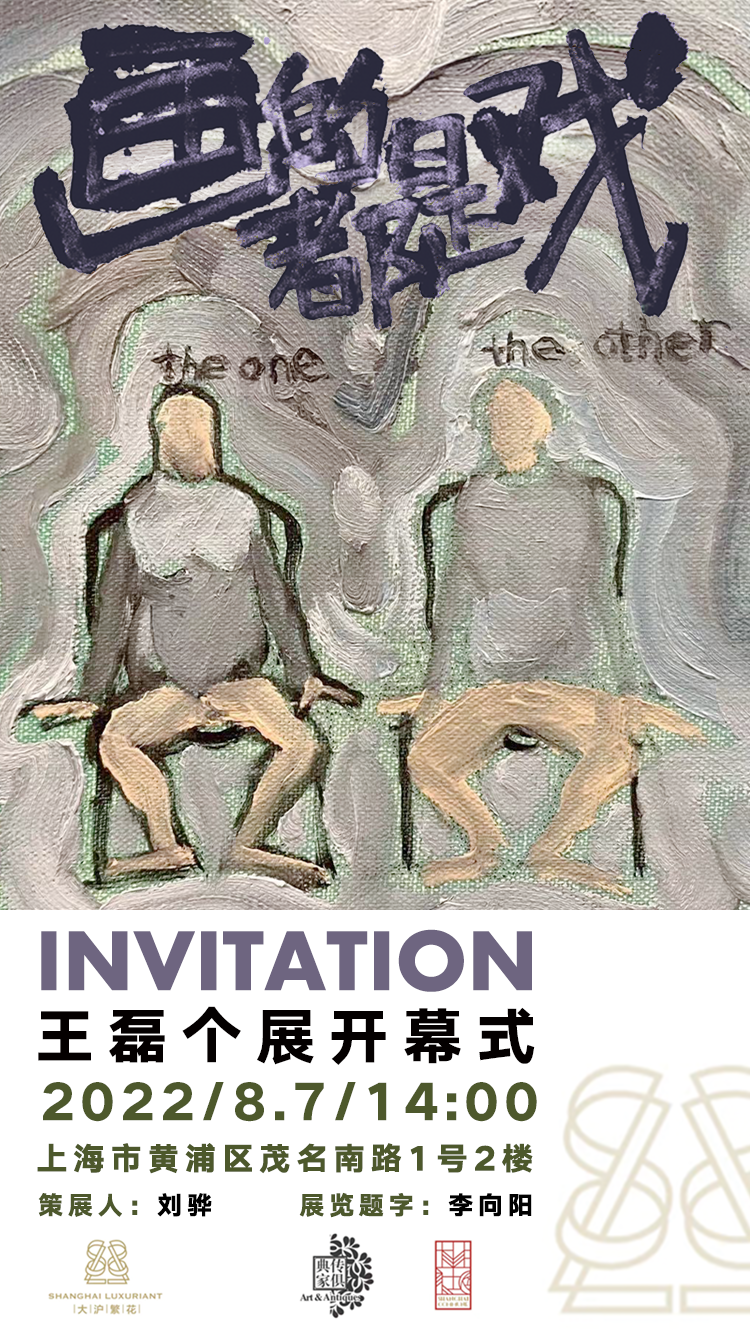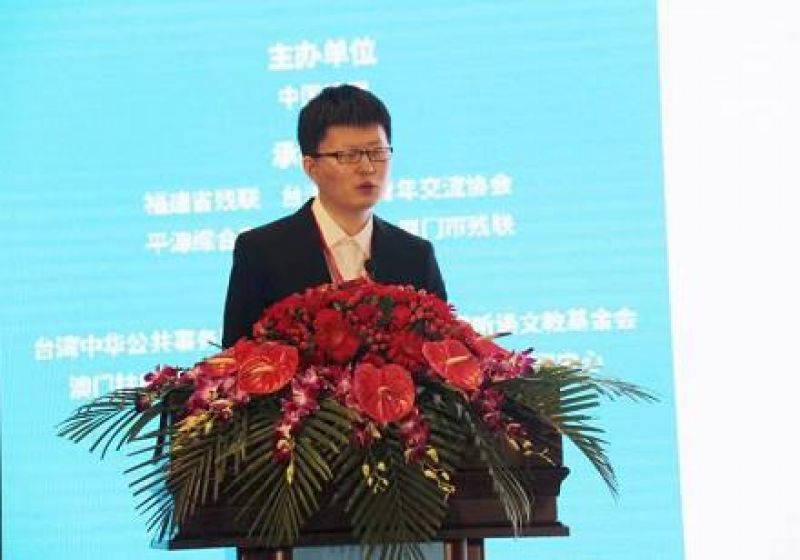I really want to cross the smoke waves here for more than 2,000 years ...
Author:Silk Road Time:2022.08.28
Spring tide rushed to rain late, and the wild boat was self -contained.
For example, a lonely sand boat, quietly mooring in the vast Robb Port Bay, a yellow sand blown, standing alone with the screen. Tuyan, the throat of the Western Regions, where Zengshui and Land Tongda, boat and car exchanged. More than 2,000 years ago, he was silent in the vast sandy sea and silent.

Silent and deserted Tuyi Site
In 1930, in the late spring, a member of the Northwest Scientific Inspection Regiment and Mr. Huang Wenzhang, a Peking University for the first time, set foot on the Robb Desert for the first time. On the way to the sea of sand and founding Loulan, he accidentally discovered the long -awaited earth. In 1934, Mr. Huang Wenzheng examined the site of Tuyi's site again. He was the discoverer and the first researcher.
Throat

Division of Tuyi Location
The Tuyi Site is located on the wind erosion platform on the north bank of Ruohu County, Ruojia, leaning north to Kuruktag Mountain, and the lake bed in Lobo in the south. Historically, the Peacock River was injected into Lop Nur here. Tuyi was located on the Peninsula of Linhu, surrounded by water on three sides, and connecting land in the north. This small lakeside platform is at the South Road and north road of the Western Regions and North Road in the Han Dynasty. The intersection of the northern car master and the northern foot of Tianshan was the most important traffic throat at that time.
After vicissitudes, it is now an isolated mound. It is about 110 meters from north to south and an area of about 1,200 square meters. On the east and west sides of the site, there are tall Tufu, there are trenches in the south and north ends, and the gates in the northwest. The main architectural ruins are located in the west, northwest and northeast of the mounds. There is a towering towering pile in the west. There are oblique house beams and columns on the soil piles. Under the beams and columns, there are five semi -cave -type houses spreading north -south, memory and grain. In contrast to this column of soil piles, there are wooden columns, wheat grass, linen, adobe and so on on a platform in the northeast. From the perspective of the layout, the western earth -based base is the main building. It is a warehousing relic.

Tuyi's West Wall West Wall Western Remnant
Precious wooden slips
Mr. Huang Wenzheng inspected and excavated in Tuzhang, and found a total of 71 Han Jane. In addition, there were five baht, copper, iron, wood, wood, stone, pottery, lacquer cup, glassware, wool fabric, silk fabric, etc. More than 600 relics. This batch of Chinese wood and Jane is a very precious Jane History.

Some wooden slips unearthed from Tuyi
Among these Chinese and wooden briefs, there are four clear years, namely the first year of Huanglong (49 BC), the five years of Yongguang (39 BC), the four years of Heping (25 BC), the five years of Yuanyan (AD The first eight years), the year of the Emperor Han Xuan, Emperor Han and Yuan Dynasties, and Emperor Hancheng. Among them, the "In the first year of the Huanglong" Jane is the earliest one in the Jian paper in Xinjiang. It is extremely precious. The Emperor Hancheng's "Yuanyan" year is four years, and Jian Wen is "Yuan Yan's Five Years", which reflects the historical fact that the Western Regions and the Central Plains are far from the Central Plains.
Western Regions official
The text on the wooden slips not only reflects the era of the earth, but also "left left", "right back", "left behind", "Ling Shi", "Sima", "Shou Ye", "Yixu" The official positions and officials of the Western Han government in the Western Han government in the Western Regions strongly proved that after the establishment of the Western Regions of the Western Regions of the Western Regions of the Western Regions of the Western Regions in the second year of the Emperor Han Xuan Emperor Xuan Emperor Xuan, the central government was soon awarded in the Western Regions. Tuyi is the governance office of Zuoqu Hou or Houquhou on the left of the Western Regions. The officials take "Quhou" as the long, and there are "丞" and "Ling Shi" underneath. In addition, there are "warehouse schools" and "Cang officials", as well as the "three old" who manage the grassroots level.

Turkish site part of the site
As the governance of Zuoqu Hou or Houquhou in the Western Region Metropolis Prefecture, Tuyu is responsible for the important functions such as warehousing, transportation, postcard, reception envoy, and management. In Jane's text, "Dunhuang", "Qu Li", "Wusun", "Jiaohe Wall", and "Yixi" and other places, clearly outlined the water and land transportation network centered on Turkey, all sides. The "King of Guizi", "Yixi History", "Jiaohe Qucang Shou", "King of Guizi" and so on. The "Family Lives -Products Clothing Inspection" and the horses used by Tunbian personnel have been registered in the book one by one. The guardian of the Tuyin ushered in, and the business was busy, and the day was busy ... A few hundred words of brief texts vividly showed the busy and orderly daily scenes of the unearthed.
訾 訾 訾 訾 訾
Among these wooden slips, the four Jian Jianshu has "Ju Lu Yicang". What does Tuyi and "Ju Lu Yicang" have something to do? "Hanshu and Western Region Biography" Wu Sun's bar records, "The Han Dynasty sent the general Xin Wuxian, the soldiers of the soldiers, to Dunhuang ... ... I want to turn the valley to the valley to accumulate Lucang to discuss it." 53 BC), Wusun was chaotic in China, and Xin Wuxian was served as a general of Break and led the soldiers to Dunhuang. He planned to turn the food to "Ju Lucang" to defeat Ukura.

Pottery scattered on the site
"To turn the canal to the valley to accumulate Lucang to discuss it", it is explaining the warehousing function of "Ju Lucang" and its important role as a logistical supply place. "Tongchang to Valley" is intended to transfer food to Cang Lucang through the waterway. Turkishi is located on the northern bank of Lop Nur, and the water and land are convenient. From the analysis of the site of the site and the storage relics, it should be the Han "Ju Lu Langcang". "居 訾", referred to as "” 訾 ". Since then, although its scale has expanded and has increased functions, it still uses the long -habitation name of "Julu Lang".

Tuyi Site Vision
The vicissitudes of the sea.In the past two thousand years, Lop Nur gradually dried up with the vast smoke and the water network;However, the years have also always written history on this land, soil, just like a permanent landmark, witnessing the prosperity of the Silk Road, showing the sovereignty of the Han Dynasty to the Western Regions.Author: Yan Xuemei Xinjiang Institute of Cultural Relics and Archeology
Source: Xinjiang is a good place
- END -
The paintings are all dramas | Wang Lei exhibition

The paintings are all dramas | Wang Lei exhibitionExhibition Date: August 7, 2022 ...
The "post -90s" blind writer and his ancient Star River

Wu Keyan shared his story on the Straits Forum as a representative.China Times (ch...